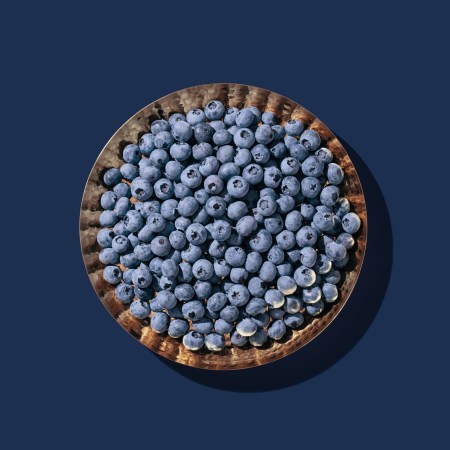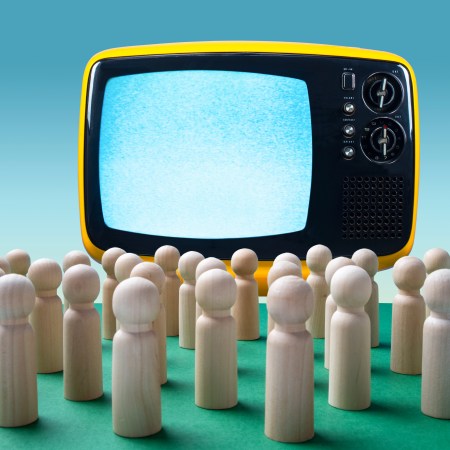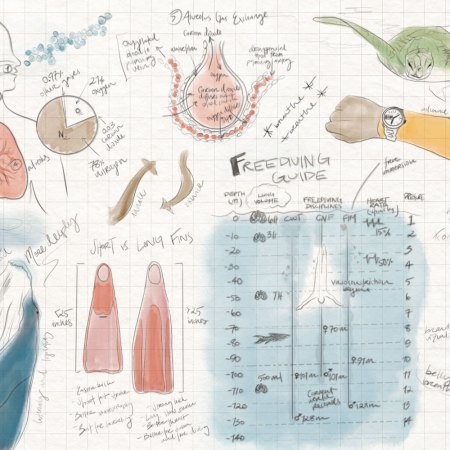In the Autobiography of Benjamin Franklin, the Founding Father reveals how he accomplished so much in his 84 years. One doesn’t typically become a diplomat, writer, scientist and printer by accident, and to hear Franklin tell it, he owed his prolific productivity to a reliable routine.
He’d rise at 5 a.m., spending the first two hours washing, preparing his mind for the day’s tasks and eating breakfast. Then he’d attack the first of his two, four-hour work shifts (separated by a two-hour lunch). He’d typically end his workday by 5 p.m., and spend the evening eating, listening to music, conversing and “examining” the day.
It’s very refreshing, living in an era of supposedly pristine celebrity routines, to hear that this schedule wasn’t always easy for Franklin. He struggled: “I was surpris’d to find myself so much fuller of faults than I had imagined.” But he also wrote: “[Still], I had the satisfaction of seeing [my faults] diminish.”
There’s a lot at play here, from Franklin’s famous daily challenge (“What good shall I do this day?”), to his practicing “deep work” hundreds of years before Georgetown Professor Cal Newport coined the term, to his robust sense of self-care: the patience and grace he afforded himself to improve on a slower timeline…or to outright fail.
But I’m particularly fascinated by the simple fact that Franklin wrote to-do lists. Part of why historians know so much about Franklin is thanks to his meticulous record-keeping — he kept track of his projects, activities and even character development.
With a bit of digging — and with little surprise — I discovered that handwritten to-do lists are extremely common throughout history. Beethoven kept them. So did da Vinci, Darwin, Frida Kahlo and Michael Jordan, among others. It makes sense that in the pre-internet age, highly motivated people with high-stakes work on their calendars relied on pens and paper to chart out their thoughts and goals.
But has the Google Suite era rendered handwritten to-do lists moot? I don’t think so. In fact, in the scattered-attention age, I’d contend they’re more important — and have the potential to make you more productive, thoughtful and self-aware — than ever before.
A Guide to the Best Life Hacks From the Last 100 Years
Miracle mornings, presidential matrixes and more. These approaches can actually change your life.The Power of a Hand-Written To-Do List
According to a recent study published in Frontiers in Psychology, writing by hand is associated with higher levels of electrical activity throughout the brain.
It’s true: when we write things out, “brain connectivity patterns [are] far more elaborate.” The study — which assessed note-taking amongst university students — uses some big words, like “spatiotemporal patterns” and “proprioceptive information.” But the overarching idea is pretty basic: there’s a link between precise hand movements and memory, between transcription and understanding.
I’ll confess: my handwriting is awful. Hieroglyphic chicken-scratch. But I’ve gotten it firing again recently and specifically to write out diligent to-do lists every evening before I start getting ready for bed. These ledgers follow a chronological script of how I expect the next day to play out. Some tasks are larger (“Run four miles” or “Write article”) while others are more manageable (“Make smoothie” or “Watch Knicks”).
I like to throw the smaller stuff in there because that way I get to cross more things off at the end of the day. It’s a little silly, maybe, but I think it’s of a similar spirit to Franklin’s self-assessing: you have to be kind to yourself. You have to afford yourself breaks, celebrate the little victories and afford a long leash for improvement. You know: “What good did I do today?” It all counts.
Obviously, there are apps and programs that make much neater to-do lists. They can automate tasks and set reminders and track your progress with an attention to detail that a Five Star notebook will never match.
But it’s not exactly paper versus computers, is it? It’s your brain plus paper. Writing out my tasks, envisioning my week, crossing out the things I did and accepting the things I couldn’t — this is a rare, proactive relationship, which sets my synapses crackling. It’s a sensory affair in which I am an active participant.
Think about it: How much are we really accomplishing? The average person knows and processes more information at a minute-to-minute rate than Franklin could have ever imagined; but what are we doing with it? Are we putting the old heads of history to shame with our production? No, of course not. We’re distracted, we’re depressed.
In the digital age, the line between productivity and mental health is sometimes a little too blurry. But hand-mapped to-do lists feel like a nice compromise; they’re a rare moment of repose, an opportunity to plan ahead and look backward…while remaining anchored in the present. If it’s good enough for the great polymaths of yore, it’s more than good enough for you and me.
Whether you’re looking to get into shape, or just get out of a funk, The Charge has got you covered. Sign up for our new wellness newsletter today.



















